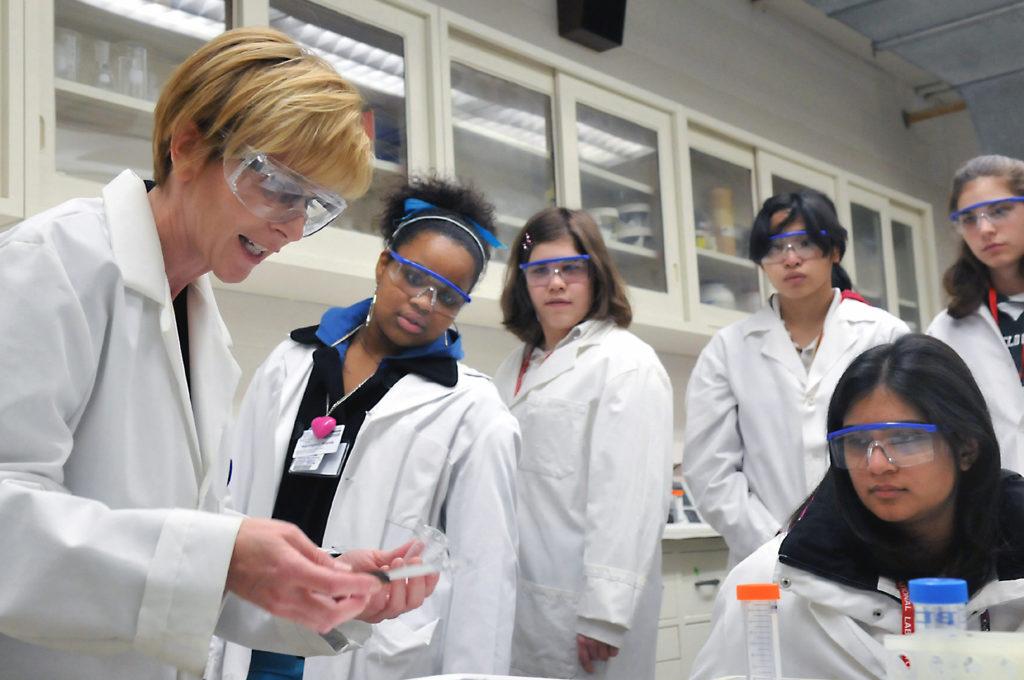Closing the STEM Gap Through Skilled Volunteerism
How pro bono service can build capacity while supporting diversity and inclusion
Closing the STEM Gap through Skilled Volunteerism
Around the world, employers are seeking to enlist workers with relevant skills for existing and emerging roles in science, technology, engineering, and mathematics, also known as STEM. According to the CECP 2017 Giving in Numbers report, workforce development and education, particularly as related to STEM, are two of the largest focal areas for corporate and foundation giving. These are also two of the largest mission focus areas for nonprofits. In spite of such determined investment and effort, gaps persist, leaving employers and students without the critical thinking and applied skills needed to propel our evolving global economy.
Skills-based volunteerism has emerged as a promising strategy to help bridge this divide. Common Impact, a national nonprofit working toward a society in which individuals and businesses invest their talents to strengthen communities, has developed strategic partnerships to engage business professionals in creating positive community change. The organization had identified two major STEM education challenges that skilled volunteerism can address: building capacity within the social sector to effectively deliver STEM education, and using the act of this service itself to increase representation of women and diverse communities in both the social and corporate sectors.
Skills-based volunteerism to build STEM-focused nonprofit capacity
Skills-based volunteerism helps build social sector capacity to deliver effective STEM education programs. Stretched perennially for operating budgets, social sector organizations tend to skimp on investments in infrastructure—operations, marketing, human resources, and technology—sometimes spending as little as two percent of their annual budgets, compared to an average investment of 35 percent in the corporate sector. The bitter reality is by focusing on STEM programming without continuing to invest in internal capacity, nonprofits place their very missions at risk.



